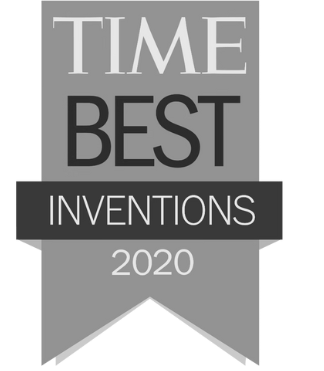
Composting made convenient.
COMPOSTING GARBAGE DISPOSAL
Compost without touching, seeing, or smelling food waste, just wash scraps down your sink. All food is sent to an odorless bin while liquids drain. Clean, easy, and septic-safe.





Make your sink smart.


Precision separation technology captures all solids that enter your drain, from cilantro to cantaloupe, while allowing liquids to flow down the drain as normal.

These solids are seamlessly collected in a sealed, stick-free container. Innovative carbon technology blocks odors from entering your kitchen, and our patented design stops fruit flies from calling your sink home.
LED indicators will alert you when it is time to empty your bin, typically every two to four weeks. It's time to replace your garbage disposal and kick your countertop compost bin to the curb.
It's time for Sepura.

Divert 3,000+ pounds
Based on typical use, each Sepura unit will divert over 3,325 pounds of methane emissions per home. This is the equivalent of powering five entire homes for a year. Sepura makes sustainability simple.
Trusted innovation

Seamless kitchen scrap management.






Expertly designed to work with your kitchen.

Let us do the work.
Precision Separation.
Collects all food 3mm and larger.
Bin Fills in 2-4 Weeks.
Empty in backyard or curbside compost.
Septic-safe.
Stop all food from entering your tank.
No More Fruit Flies.
Keep your kitchen fresh and odor-free.

Seeing is believing
We could go on and on about the Sepura experience. But rather than taking our word for it, why not take one for a spin or visit one of our showrooms instead.
Find a Showroom
Better together
Join our Trade Program for exclusive perks like deep discounts and help from dedicated trade reps to nail your next residential or commercial project.
Join our Trade ProgramFrequently asked questions
Sepura is straightforward to install for handy homeowners or plumbers and uses the same connections as a garbage disposal. For more information about how to install Sepura, see our installation and demos page.
Sepura's under-sink compost bin only needs to be emptied every 2-4 weeks on average. Empty the compost bin in your curbside or backyard compost.
Yes, the compost bin is designed to work with compost bags. You can also use the bin without compost bags, as the lining of the bin is stick-free.
Whenever food is added to the water stream system, as is the case with a garbage disposal, it needs to be treated. Any food that is sent down the disposal will be filtered and captured at a wastewater treatment facility. The debris captured are typically sent off to a landfill, incinerator or to an anaerobic digestion facility (for conversion into energy) if one is close by, which is rarely the case. Similarly, when food is thrown into the trash, it causes immense methane emissions once it reaches a landfill. Separating food scraps at the source and then placing those scraps into a compost pile or organics collection bin is the most eco-friendly way to manage kitchen scraps.








